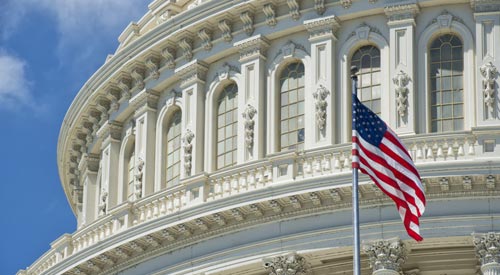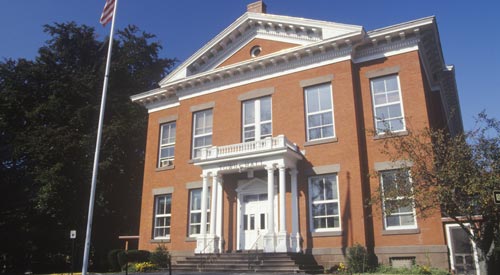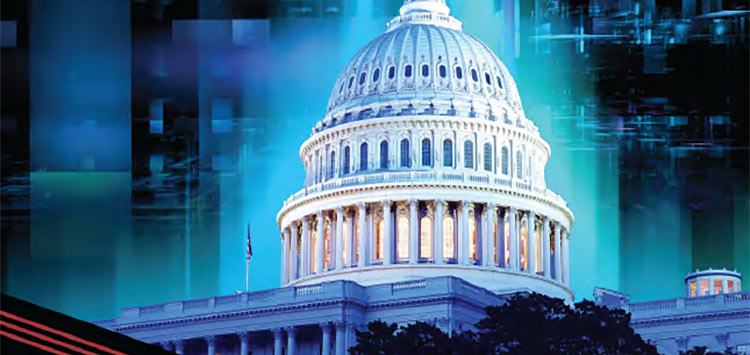Ten Ways Cities are Nudging for Better, Healthier Citizens
Data-Smart City Solutions: Eating more healthily, saving more, or recycling are all things that most people would agree they’d like to do more of. Yet, even with the best intentions, people often won’t actually change their behavior. Whether it be inconvenience, lack of time, or simply not knowing where to start, we often don’t do the things that we know we should.
However, nudges from governments, non-profits, and private companies can help reverse that inertia and produce more desirable behaviors from residents. Nudges are choice-preserving interventions that leverage insights from behavioral science to combat people’s cognitive biases or habits and encourage healthier behaviors. These interventions change people’s choice architecture—the physical, social, and psychological context that influences decision making—to promote preferred behaviors. Nudging may take many forms, but some common categories are communications that encourage certain actions, default rules that make healthy behaviors the norm, and simplifications of processes to make desirable actions easier. One popular example of a nudge comes from Google, which reorganized its fridge to promote healthier eating. Simply by putting bottled water at eye level and soda at the bottom of its fridge, Google increased water intake by 47 percent and reduced soda consumption by 7 percent.
Tags
Share
Top Stories
- Future-proofing smart cities with open standards
- 5 States Challenged the Federal Contractor Wage Increase and Lost
- States should follow feds in Chinese tech bans
- A new initiative seeks to help small cities access infrastructure funding
- Governments view open source as critical for enhancing digital services, experts say
- More States Move to Ban TikTok from Government Devices
- Cyber, digital services, workforce primary focus for state CIOs in 2023
- Virginia has a data center problem
- Efficient public safety demands evolving tech
- Digitized services drive citizen satisfaction
- State chief information officers are handling much more than just tech
- States target mainframes in legacy system modernization
- How one city’s IT team keeps up with rapid growth
- How one agency’s cloud migration smoothed the path for others
- NASCIO: States must ‘hyper-focus’ on IT modernization
- Louisiana Becomes First State to Receive Internet for All Grants
i360Gov Newsletters
The most significant government policy, business, and technology news and analysis delivered to your inbox.
Subscribe NowTrending
- Mayor launches IT modernization to boost services delivery
- Local government on the edge: The future of IT infrastructure
- Digitized services drive citizen satisfaction
- Why cities and towns see a huge economic opportunity in the semiconductor bill
- New York state pumps the brakes on crypto mining
- The best offense is a strong defense: Improve cloud security with visibility and zero trust segmentation
- How state and local leaders can use data to ensure broadband access for all
- Over $105 Million Going to Better Internet for Native American Communities


















